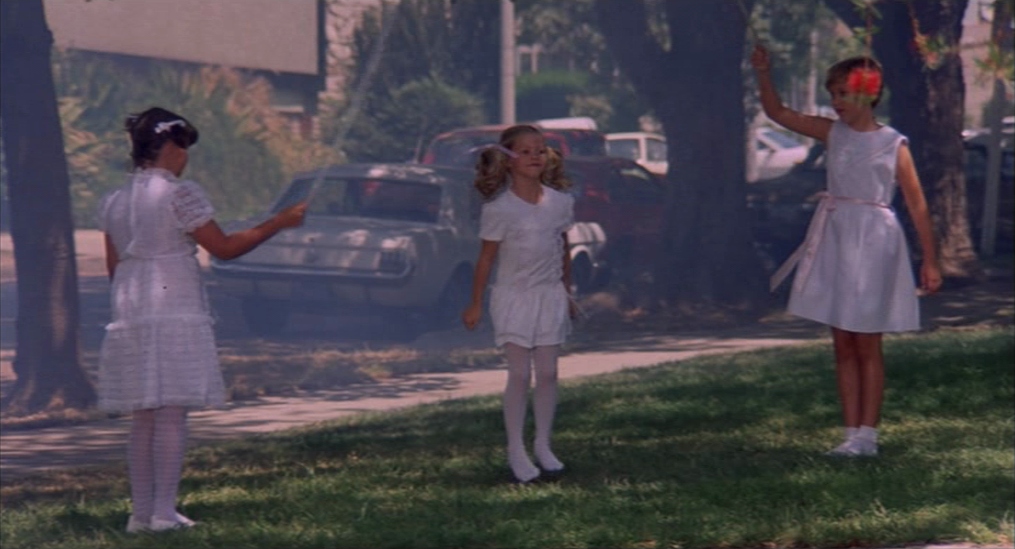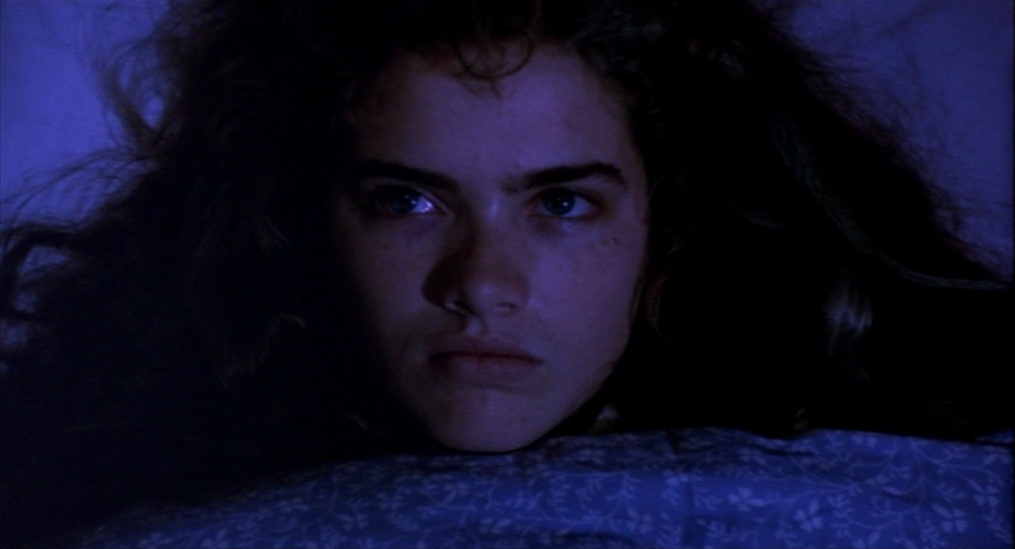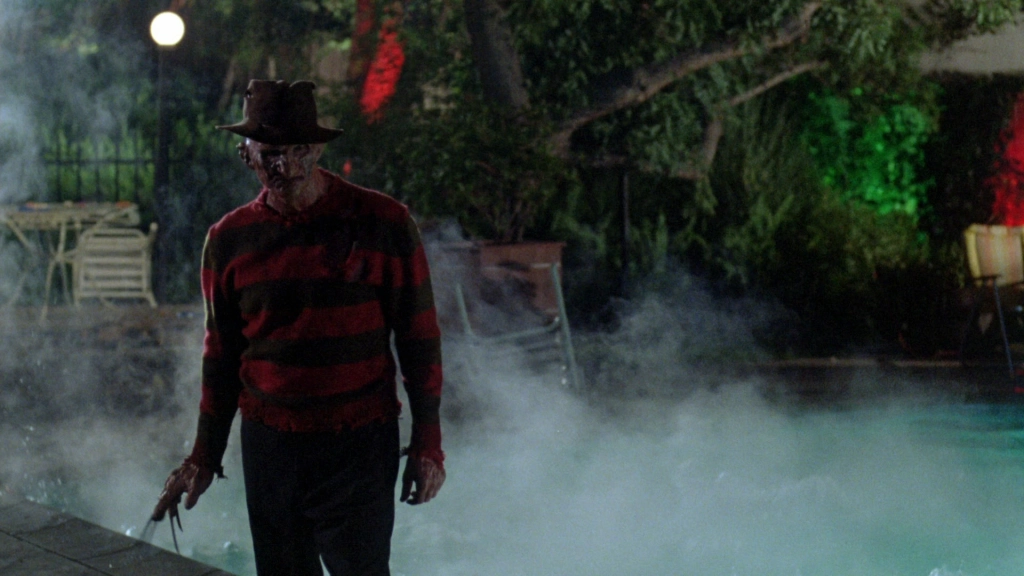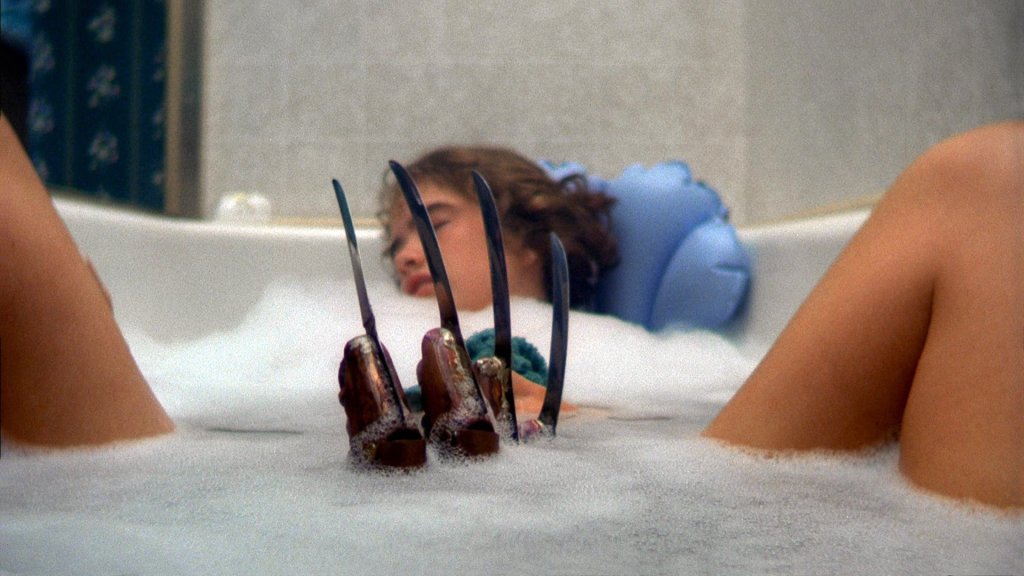In a few years time, as we hopefully put Covid-19 and its associated anxieties behind us, the early days of the lockdown will likely be remembered by way of a few major cultural signifiers: bread-making, Tiger King, Zoom quizzes, that sort of thing. Although the effects of that early lockdown were felt in vastly different ways by each of us, at times it could feel as if we were all living through something resembling the very same life. Of course, even pre-coronavirus our culture was becoming more and more homogeneous, but the extent of shared experiences in the Spring of 2020 seemed to constitute a collective ultra-homogeneity, in which the entire world shared in near-identical anxieties and therefore in near-identical experiences. But there was one thing in particular that everyone seemed to share (even more than an inexplicable obsession with Tiger King), one thing that escapes easy explanation: the dreams.
‘Coronavirus dreams: Why are people having lockdown nightmares?’ – BBC, April 20th; ‘So you’ve been having weird dreams during lockdown, too? – The Guardian, April 23rd; ‘How coronavirus is affecting your dreams – and what to do about it’ – New Scientist, April 30th. More and more, people were taking to social media to ask WTF was up with all these vivid dreams they were having, and no one was on hand to provide truly satisfactory answers. Sure, there were some theories put forward: increased anxiety linked to the pandemic was the most common, but it didn’t seem to explain the phenomenon fully; after all, people suffer from anxiety all the time. Something about this seemed different.
After we dreamed, though, we woke up. We woke up and faced the harsh realities of a world in crisis. But what if your dreams were even scarier than that?

I suppose it is fitting that it was in the context of 2020’s global epidemic that I finally got around to watching the original A Nightmare On Elm Street (1984) for the first time. The premise of the horror franchise is pretty well established in the cultural lexicon at this point: what if when you died in your dreams, you died in real life? And what if in those dreams you were being mercilessly stalked by a ruthless child-killer? Screenwriter and director Wes Craven claims that he got the idea for the film from a series of news stories concerning children of families who had fled to America from the brutal Khmer Rouge regime in Cambodia. The trauma of the massacres had clearly taken their toll on the children, as they began to have extremely vivid nightmares. Then, one by one, they died.
Craven told Vulture about one of these young men, who “told his parents he was afraid that if he slept, the thing chasing him would get him, so he tried to stay awake for days at a time”. Craven continues:
“When he finally fell asleep, his parents thought this crisis was over. Then they heard screams in the middle of the night. By the time they got to him, he was dead. He died in the middle of a nightmare.”
The allusive power of dreams has long been of interest to artists, writers and filmmakers, but rarely has this power been so frightening as in Craven’s 1984 teen slasher masterpiece. Using dreams, the original Elm Street explores themes of the libido, feminism, mental illness, queerness and existentialism, all wrapped up in an accessible Hollywood package that has terrified and thrilled audiences for decades. It truly is a remarkable achievement in filmmaking.
At times throughout the film it is wholly unclear whether we are viewing a dream world or the “real” world, and in fact often it barely even matters – in A Nightmare On Elm Street, you can die in either world, and there is no real “waking up”, none of that classic relief of “thank God, it was just a dream”. In describing the Christopher Nolan films Memento (2001) and Inception (2010), Mark Fisher spoke of this “general ontological indeterminacy, in which the nature of the whole fictional world is put into doubt”. The narrative thrust of the Elm Street films rests on this very same tension between the real and the fictional, and the impossibly blurred boundaries between each.
The recurring motif of these films is “Don’t fall asleep”, which finds its antithesis in another of Nolan’s films, Insomnia (2002). Here, Will Dormer (played by Al Pacino) is unable to sleep, and as such is unable to delve into the comfort of his dreams, where he can conjure a comforting story about himself and his life. In Insomnia, the dream world is portrayed as a desirable place to retreat to, a valuable escape from the real world. In Elm Street, this idea is flipped on its head – what if there is no escape from the real world? What if the real horrors lie within your own head, lying there dormant but ready to pounce whenever you eventually let your guard down? Is there a scarier idea than that of the theoretical place of ultimate comfort, that place of ultimate safety and rest (ie. sleep) being in actual fact the most terrifying place of all? After all, sleep is the only time when you are not only at your most vulnerable, but also completely alone with – and hyperfocused on – the unconscious. What if the biggest threats to our happiness, our sanity, even our existence do not come from the external world but from deep within our own minds?

It is impossible to watch A Nightmare On Elm Street without encountering themes of psychoanalysis and mental illness, especially in relation to certain marginalised groups. The main character in the film, Nancy (portrayed in iconic Scream Queen fashion by Heather Langenkamp), is a teenage girl who for all intents and purposes can be viewed as a victim of continued violent and sexual abuse. The main narrative tension in the back half of the film comes from Nancy’s struggle to get anyone to believe her story about her dreams and would-be killer, Freddy Krueger – like many suffering women, she is dismissed off-hand as crazy. At one point her house is literally barred up to stop her from escaping. She is treated as an insane, delirious young woman, and told that all of her anxieties are all in her head – which of course, in many ways, they are. This is the single most powerful element of the whole film, as we are forced to ask ourselves: are the struggles inside one’s own mind really any less dangerous than more “real” struggles in the physical world? What is really meant when someone tells someone else that something is “just” in their head? The characters in Elm Street can literally be killed by their own unconscious and subconscious thoughts, but we are all well too aware that this phenomenon is far from exclusive to horror films.
As well as its clear feminist themes (along with its #BelieveHer mantra, it’s worth noting that it is the female characters who possess all the agency in the film, while the male characters play something closer to the archetypal role of naive and innocent eye-candy usually reserved for women), the film is undoubtedly camp. I don’t mean camp in the kitschy aesthethic of something like Grease, but in the truly queer sense of the word. It is no coincidence that this film was released in the mid 80s at the height of the AIDS epidemic; everything here is hyper-dramatic, and elements of the film – lines of dialogue, props, entire scenes – can feel out of place and extraordinary. And of course, any essay on A Nightmare On Elm Street would be incomplete without mention of Johnny Depp’s iconic crop top; toxic masculinity eat your heart out.
Robert Englund (who plays the iconic Freddie Krueger) has talked at length about the queer themes in the Nightmare films, noting that he went to a party in 1985 following the release of the original film and saw multiple men dressed in drag as Nancy. Englund – a classically trained actor – imbued Krueger from the beginning with an overtly-camp dramatism, but, along with the screenwriter and production designer, intentionally amplified this gay subtext in the sequel A Nightmare on Elm Street Part 2: Freddy’s Revenge, which has subsequently become a minor LGBT cult classic. Englund notes that he especially focused on these themes in the scenes with then-closeted gay actor Mark Patton (AKA the first male Scream Queen), where he circumscribes Mark’s mouth with his blade. Englund says “in that moment it’s real. Is Freddy going to kiss him? Is it an oral sex innuendo? I remember wanting the audience to go crazy with that and playing with the fact that Freddy is in the libido. He’s in the subconscious and playing with it all the time.”

The struggles of the LGBT community at the time is not the only element of 1980s America that informs the cultural context of A Nightmare On Elm Street. This was Reagan-era America: cultural and social conservatism was experiencing a renaissance; neoliberalism and all of its follies were enveloping the Western world; and the social democratic consensus of the post-War period was eroding at a devastating pace (Reagan even referenced the film in a speech targeting the perceived lack of political memory of his opponents). And here is Elm Street: a traditional, affluent neighbourhood terrorised by unimaginable evil. We are witnessing the disintegration of the old middle classes, with the relative security of a social welfare safety net being ripped to shreds by the horrors of laissez-faire neoliberal economics. Robert Englund himself has observed that Freddy Krueger is “punishing white bread America”.
This subversion of norms and the attacks on cultural conservatism make sense: Wes Craven was raised in a strict Baptist family with a violent, angry father. The fundamentalist church the family belonged to prohibited dancing, playing cards, smoking, and drinking alcohol, but held an especially zealous contempt for film: Craven has noted that these people saw movies as “kind of the Devil’s playground”. When he eventually started making films – something that Craven claims never even occurred to him until he was almost 30 – it makes sense that the scripts and aesthetics would run completely in opposition to those religious beliefs.
Craven said that he never considered making horror films until he was making his first movie and the financial backers wanted something scary (this first film ended up as The Last House On The Left), but it could be argued that as a genre horror is the most naturally suited to subvert all of these traditional conservative values. Not only is A Nightmare On Elm Street feminist and queer, but it’s full of blood, violence, sexual assault, rock music, and pure, unadulterated evil. Horror doesn’t just allow a filmmaker to explore dark emotions and taboo subjects, but can also force the viewer to question why it is that they find all of these things disturbing in the first place. Despite many liberal and left-wing observers lamenting the reactionary nature of horror, I would argue that it is instead the closest a genre can come to an inherently radical medium: after all, it is the subversion of norms and the dissection of society’s ills that make the whole thing work.
It is not only societal norms that are being subverted in Elm Street, but also the norms of the slasher genre itself. Craven’s later film Scream (1996) is commonly regarded as being a self-aware parody of slasher films, subverting tropes and playing with the medium. Scream gets meta with it; the characters love slasher films themselves, and are acutely aware of how everything is going to pan out to the point of absurdity. But many of the elements that make Scream a classic can be found in A Nightmare On Elm Street, too. First of all, both films (note: major spoilers for both coming up) pull off the same trick of leading the viewers to believe that one character is the main character, before shockingly killing them off early on and switching the focus to another (Tina in Elm Street and Drew Barrymore’s Casey in Scream). The fact that this occurs so effectively in Elm Street does make you wonder how audiences fell for the trick all over again when it was Barrymore’s turn to be the red herring.

But Elm Street subverts the tropes of the genre in other ways, too: as Renegade Cut points out on his YouTube channel, compared to other slasher villains like Jason and Michael Myers, Freddy Krueger has bucket loads of personality; he’s creative, vindictive and almost funny. It’s a difficult line to walk between the humour amplifying the horror rather than undermining it, a line that was regrettably crossed in the film’s direct sequel. Perhaps the biggest genre subversion occurs with the characters: these characters are for the most part warm, likeable, well-rounded teenagers with genuinely engaging character arcs and relationships with one another. The deaths aren’t chalked off in rhythmic fashion like in a Final Destination film: the characters are awarded much more respect than that, and all die only when it feels right narratively.
The thematic dichotomies found throughout the film, namely reality vs fiction and sanity vs insanity, continue through to its conclusion. As the end credits roll, none of this tension is resolved. This wasn’t the way it was supposed to go; Craven wanted the film to end with Nancy turning away from Krueger, thus taking his energy away from him, and then waking up to find everything back to normal. The producer of the film, Robert Shaye, wanted a twist ending, and given the funding hell the film had gone through, Craven was in no position to deny him this. And I’m glad he wasn’t.
The original ending suggests that if you just realise that your inner demons are not of the physical world, that they aren’t real in the materialist sense of the word, then you can overcome them. The reality is much more insidious than that; even when you have faced your demons and come so far, even when you think you’re better, your car turns into a killing machine and your mannequin mother gets pulled right through the front door window. And ain’t that the truth.

Leave a comment